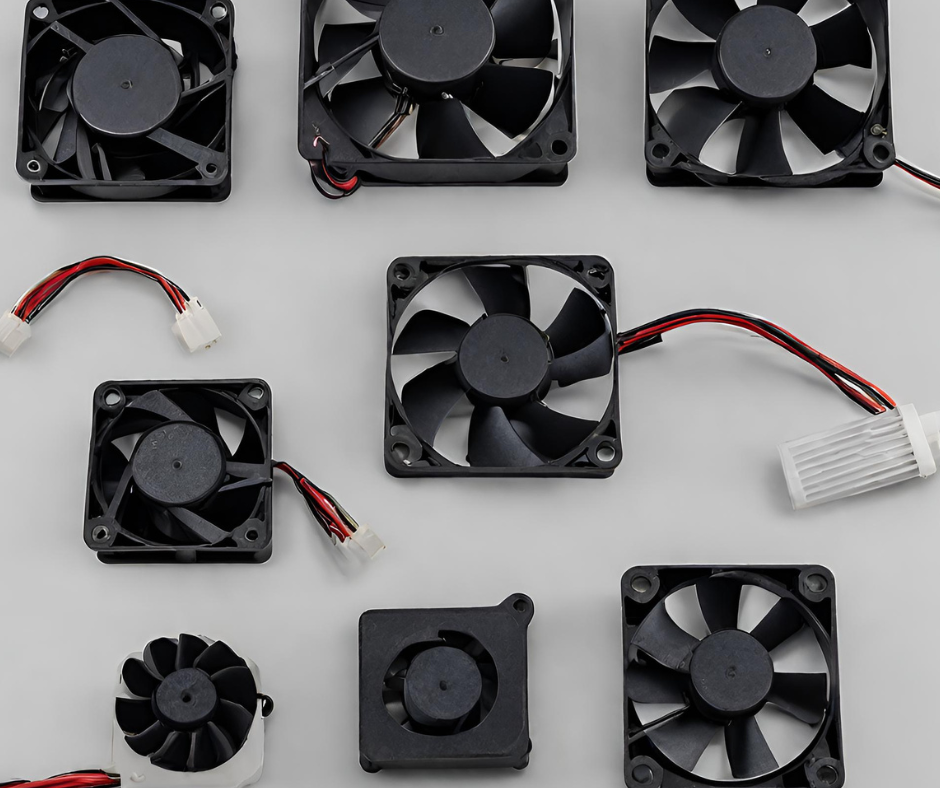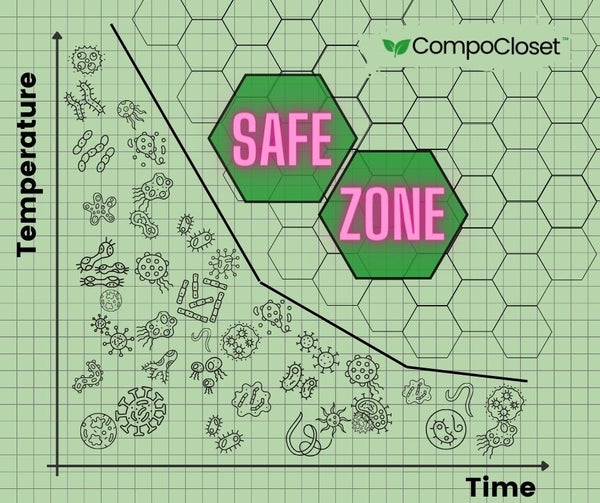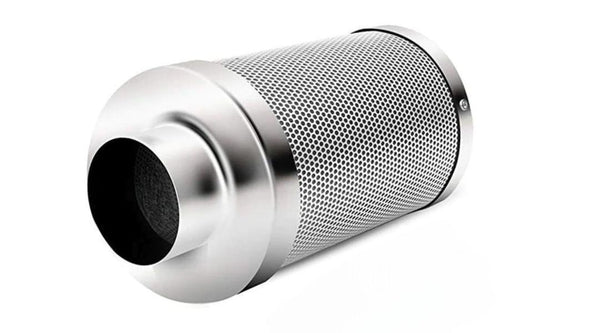How does a composting toilet work?

A composting toilet uses aerobic decomposition to transform human waste into a humus-like material suitable for use as fertilizer. Unlike a traditional toilet which flushes waste away into a septic tank or sewage system, composting toilets treat waste locally to produce a solid substance similar to humus while liquids are separated to ensure an aerobic environment for the microbial activity.
This process of composting, in which waste is converted into a nutrient-rich soil amendment, makes composting toilets a more sustainable and environmentally friendly alternative to conventional sanitation.
Composting toilets that treat materials within them are typically referred to as self-contained. Simpler composting toilets contain the materials within the toilet before transferring them for disposal or treatment through composting. The term composting toilet often refers to the toilet or user interface used to collect and contain materials, while composting toilet system refers to the components and or processes that treat the toilet materials to turn them into compost.
In this article we're going to dive deep into the different components of a composting toilet to explain what they are and how they work in detail.
Composting and the 4 essential factors
How Composting toilets kill pathogens
Odor management in composting toilets
If you're new to Composting toilets check out this article on what is a composting toilet for an introduction on how to use one, how to empty one and everything in between.
What is Composting?

Composting is a controlled, aerobic (requiring oxygen) process that converts organic materials into a nutrient-rich, stable soil amendment through natural decomposition process by microorganisms and aerobic bacteria. in 2018, the US Composting Council added the requirement for a thermophilic (hot) phase to reduce the viability of pathogens.
The microorganisms feed on the carbon and nitrogen in organic materials to grow and reproduce. These microorganisms require oxygen to break down the organic materials into carbon dioxide, water vapor and a dark brown nutrient rich soil amendment we call compost.
Four important things to manage when composting
Importantly, while composting uses natural microorganisms, it is a controlled processes and requires that requires specific conditions to be effective. The four conditions that need to be managed are:
-
Moisture
-
Carbon Nitrogen Balance
-
Oxygen
-
Temperature
Well designed composting toilets provide the right conditions for the composting process to begin and can handle both solid and liquid waste. This ensures they remain odor free and provide a much better, lower maintenance solution.
Moisture Control in composting toilets
Maintaining the right moisture levels in a composting toilet is important. Too little moisture and the composting process won't happen. Too much moisture and the compost will become saturated so the microbes doing the hard work become starved of oxygen. When the compost pile becomes anaerobic, things get smelly as methane is produced instead of carbon dioxide.
Urine Diversion

Urine diversion in composting toilets helps reduce odor for two reasons. Firstly, it prevents the solids from becoming saturated and turning anaerobic. Secondly, it ensures liquid and solid waste is kept separate so it can be dealt with or used before the urea turns to smelly ammonia. Urine won't smell initially but will when it is left to stand.
How does a urine diverter work and what makes a good one?
A urine diverting toilet has a specially designed bowl or urine diverter that collects the urine in the front portion of the toilet. The back part of the toilet features a hole for solids.
Research funded by the Gates foundation has undertaken to better understand the 'aim' of people when sitting to pee. This found that although most liquid is projected forward under pressure, for people with a cervix, the trajectory of urine often coincides with the trajectory of falling faeces and in some cases could even be behind the line of falling faeces.
Because separation of liquids and solids is so effective in reducing odors, the most advanced urine diverters often feature a moving cover in the bowl that prevents urine from entering the solids chamber.
These urine diverting covers also serve a very important dual function of preventing a direct view into the solids bin and helping to prevent smells from warm deposits rising back out of the toilet bowl.
Due to the shape of the bowl, it is recommended that everyone sits to pee. This is a surprisingly easy change and I personally now sit to pee even when using regular flush toilets!
No aiming, no splashing - sprinkles are for cupcakes not for toilet seats!
Leachate Collection
Leachate is the term used for liquids that come from compost. If urine diversion is not employed, additional cover material must be added to absorb the moisture, or the liquid allowed to drain away from the solids chamber.
Evaporation
Excess moisture can also be controlled through evaporation. Evaporation is aided by ventilation fans or heating elements. However, this adds cost and complexity to the design of the composting toilet and diversion is often seen as an easier option.
Benefits of Urine Diversion
Urine diversion has become a popular choice for several reasons. Most of the nutrients are contained in the urine and will self-sterilise over several weeks if left to stand. The source-separated urine can then be diluted and used as a fertiliser or used directly on a mature tree (too much of a good thing may kill a smaller trees or bushes!).
Most human waste by volume is urine. We produce between 0.8 and 2 liters of urine per day but only about 1lb of poop. By diverting the urine, less material is needed. This saves space in the bathroom and also means less emptying and fewer trips a central composting pile.
Carbon:Nitrogen ratio
The carbon nitrogen balance is important for composting. Composting toilets require a ratio in the region 30:1 carbon to nitrogen. Poop is relatively high in nitrogen so addition of a carbon-rich cover material is needed to maintain the right carbon nitrogen balance. Urine is very high in nitrogen (and very wet) so a large volume of material is required to maintain right ratio. Due to the practicalities of sourcing, storing and emptying this material, urine diversion is more popular.
Choice of Cover Material
Coarse sawdust or fine wood shavings, coconut fiber (coco coir), hemp, straw are all suitable cover material for your composting toilet. For compact spaces like RVs and boats or on camping trips, we recommend coconut fiber bricks for their compact size.
What can't I use as a cover material for my composting toilet?
If you're not sure if you can use something as a cover material, ask yourself "if it was dry, would it burn?" Carbon rich materials suitable for composting toilets will burn when dry. Other materials like sand and soil don't contain carbon and so can't be used as a cover material for composting toilets.
Oxygen Management in Composting Toilets
Ensuring an aerobic environment for the microbial activity is essential for a happy composting toilet that does not smell. In addition to using a coarse cover material to trap oxygen agitators and ventilation fans are also commonly used.
Aeration and Agitators in Composting Toilets
In simpler composting toilets, adding a layer of cover material between deposits helps trap air in the solid waste. More advanced toilets feature an agitator for the solid waste to help mix the materials and provide an oxygen rich environment for the microbes to work. This needs to be stainless steel however to prevent corrosion in the solids bin.
After using a composting toilet with an agitator users simply 'flush' the toilet by agitating solids chamber to mix the latest addition with the cover material.
Pros of having an agitator in a composting toilet
The biggest benefit to having an agitator in a composting toilet is saving space by not needing to add cover material after each use. Instead, the cover material is added at the start and agitated after each use.
Agitators also provide more effective mixing with the cover material and ensure oxygen is available throughout the solids chamber, to minimise odours.
I personally find that having an agitator reduces the chance of a composting toilet smelling because of the better aeration and mixing. This combined with the reduced space requirements (I have a campervan) make it my personal preference.
Cons of having an agitator in a composting toilet
Having an agitator in a composting toilet means the solids chamber cannot be lined with a bag. Instead, the solids chamber is removed and the contents either emptied onto a compost pile or added to a bag.
Having an agitator in a DIY composting toilet adds complexity (although I've seen some ingenious designs!) and cost. Many units with an agitator in the base require disassembly and removal to empty which can require multiple people. Having a removeable solids bin was a key requirement when I was designing Cuddy for this reason.
The final disadvantage of having an agitator is that toilet paper can become wrapped around the rotating shaft. For composting toilets with an agitator, it is common practice to bag toilet paper separately. For more information check out this article about toilet paper and composting toilets.
To Agitate or not to agitate - you can have both!
Some composting toilet users informed us that they prefer not to use an agitator for shorter trips or when they're staying at campsites. Instead, they swap out the solids bin with an agitator for one without. Whether you prefer to have an agitator therefore also depends on the length and type of trip you're planning.
Ventilation in Composting Toilets.

Ventilation in composting toilets is another important consideration. Simpler, smaller composting toilets may not need ventilation if they are containing the material while on a camping trip, or for a short time before it is transferred to a separate compost pile. For toilets where the composting process has time to take place, ventilation is suggested to reduce humidity and prevent too much moisture in the solids chamber.
When venting your composting toilet, ensure you use a fly screen to reduce the chance of insects getting into the toilet. The addition of a solar-powered fan or cowling is a good ventilation choice for off-grid situations. And cowlings look pretty too!
Temperature management in composting toilets
Maintaining an appropriate temperature within the, solids chamber of a composting toilet is not difficult, although some designs are better than others. The ambient temperature of an indoor toilet that is in use will typically be comfortable for both people and microbes to begin their work. The microbial activity within the solids chamber will begin generating its own heat. By using a separate solids chamber within the toilet, gives extra insulation from the external temperature.
How Composting Kills Pathogens

A composting toilet or composting toilet system kills pathogens by increasing the temperature during the composting process. This is a well studied phenomena and scientists so define a time-temperature curve for each bacteria, virus or protozoa. For compost piles where a high temperature is reached toilet waste can be is sanitised within an hour. If the compost pile does not achieve high temperatures the materials need to be left to sanitise and mature for 12 months to 2 years depending on the climate before they are safe to be used.
It is important to note that an entire composting system is required to completely treat human waste safely. A self contained composting toilet may start the composting process to reduce odour, but it is central compost systems that treat the waste so that is safe to use.
Adding urine to your Compost Pile to help boost the temperature.
Just as farmers add fertilisers to their fields to help crops grow, urine can be added to a compost pile to help boost the temperature by providing additional nitrogen.
Odor management in Composting toilets
Be lazy - DON'T clean the solids bin
I've heard many stories of people bleaching the solids bin after emptying. This is not only a real chore, but can also cause the toilet to smell as the composting process needs to start again from scratch. While pooping into a nice clean bucket may be appealing - you only get to do it once and after that its' dirty again so get over it! Keeping the bacteria in the solids bin allows them to establish the composting process more quickly after emptying and reduces odor.
If the contents of your solids bin have the right amounts of moisture and carbon to be functioning correctly then you can leave the solids bin partially full for short breaks provided the temperature won't become too hot or so cold. When travelling round the US one year, Erica and I left a used Cuddy in our van Rodger until we returned several months later! You can sometimes find a buildup of fine white mold on top of the solids but this is completely fine so just mix it in with the agitator and continue to use it.
Put a one-way valve in your urine bottle
When we crowdfunded Cuddy I designed it with a sealing valve to reduce odour from my previous experience with a composting toilet. After changing the design the original valve was not going to fit but I'd already promised one to our backers! After searching high and low for a solution I came across the one-way valves used in waterless urinals. These fantastic devices keep ammonia odors from the urine bottle inside the bottle and prevent splashing on bumpy roads in a campervan or choppy seas on a boat!
I've since discovered this is an known solution (despite nobody using these at the time of our Indiegogo launch). In fact, they were recommended in publications by the WHO on separating toilets - you can even use a condom with the end cut off. This universal and readily available solution would be a relatively simple installation to retrofit into a DIY composting toilet anywhere in the world!
If installing a one-way valve isn't possible, an alternative solution is a ping-pong ball in the urine diverter. This will float up when the toilet is used, but re-seal the hole once the liquid has drained away
Keep it clean
The urine diverter of a composting toilet will begin to smell unless it is cleaned. It is recommended to spray the bowl with an acidic mixture of vinegar and water in a ratio of 1:10. This acidic mixture helps flush urine out of the bowl and lowers the PH to prevent the urea hydrolysing to ammonia
Use an activated carbon filter

Activated carbon is a natural material that has countless pores to absorb smells and chemicals. Carbon filters have started to be adopted by people using composting toilets as they eliminate the need to vent outside of a building. All Cuddy Composting toilets ship with a carbon filter as standard to recirculate air through the filter within the toilet. Customers in Australia experimented with mounting the carbon filter externally - eliminating smells as well as reducing moisture within the toilet. We've listened to this and are currently in the final testing stages of an improved carbon filter!
Vent Externally
For a completely odor-free setup, venting odors and moisture from your composting toilet to the outside is also an option. The constant flow of air outside will keep malodours from the toilet flowing into your living space.
Tip - If you have an extractor fan in your bathroom, be sure it won't overpower the toilet ventilation fan. This can cause air to flow back through the toilet!
Common questions about composting Toilets
Below are a few questions we frequently get about composting toilets that didn't quite fit in the above explanation so are included here for completeness. If you have any questions that aren't answered below - please send us a message and we'll do our best to answer it for you!
Does a Composting Toilet need Power?
Most composting toilets typically do not require power for the composting process or to use them. However, it is common for composting toilets in the home or RV to have a built in fans that require a small amount of power. It is this simplicity which is one of the big reasons we love composting toilets so much!
Composting toilet or Compostable Toilet?
Composting toilets are sometimes referred to as compostable toilets. Personally, I prefer composting toilet - because it is the process of composting that treats waste whereas the phrase compostable toilet toilet says to me that I can compost the toilet itself, which isn't the case!
Can I use Soil as my cover material?
While soil may be brown and look a bit like compost, it is not rich in carbon so is not appropriate as a cover material. The microbes that do the composting can't eat soil or fresh dirt.
When Should I to add wood ash to my composting toilet?
If you are not separating liquid waste from your solid chamber, then adding wood ash as well as cover material is a good way to reduce odour. Wood ash from your campfire is very alkali. By raising the PH, the hydrolysis of urea is inhibited preventing the formation of ammonia which is a common reason for a smelly toilet.
Can I poo in a composting toilet?
Yes, you can poo in a composting toilet! Composting toilets can handle poo, pee, puke, toilet paper and periods! anything else shouldn't go into your composting toilet - or your traditional plumbing for that matter!
Can I be sick in a composting toilet?
Composting toilets can handle all bodily waste. For vomit, it is commonly advised to add extra cover material to absorb the additional liquid and reduce any odors.
0 comments


